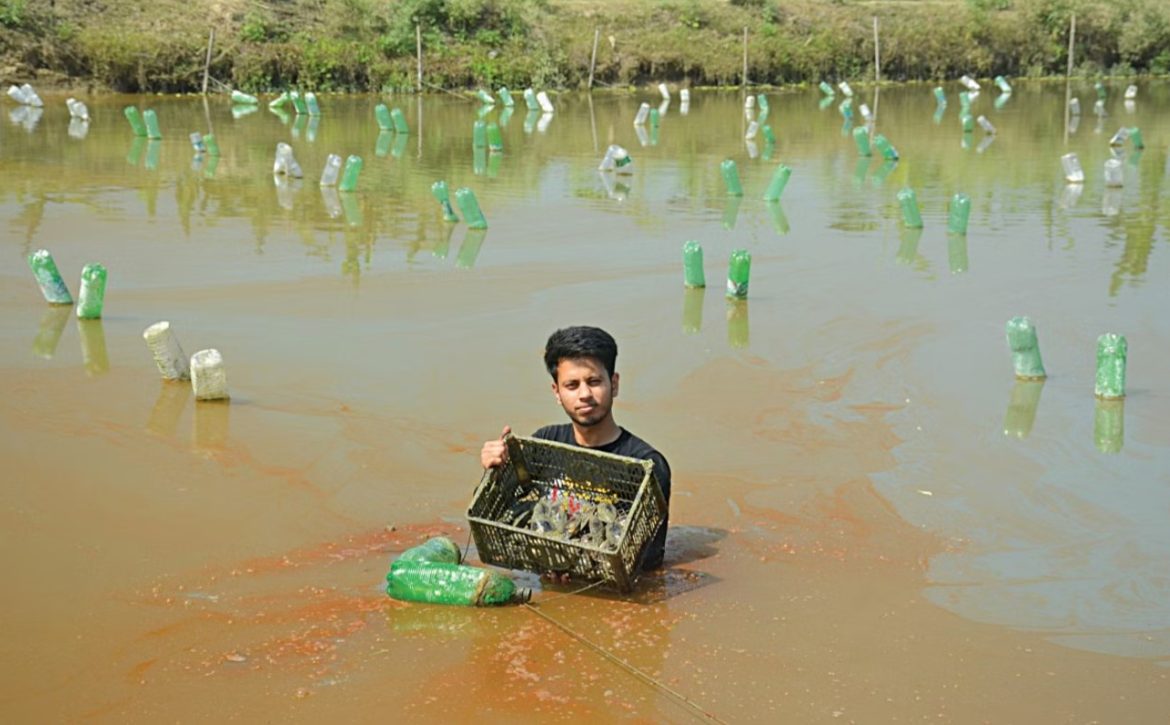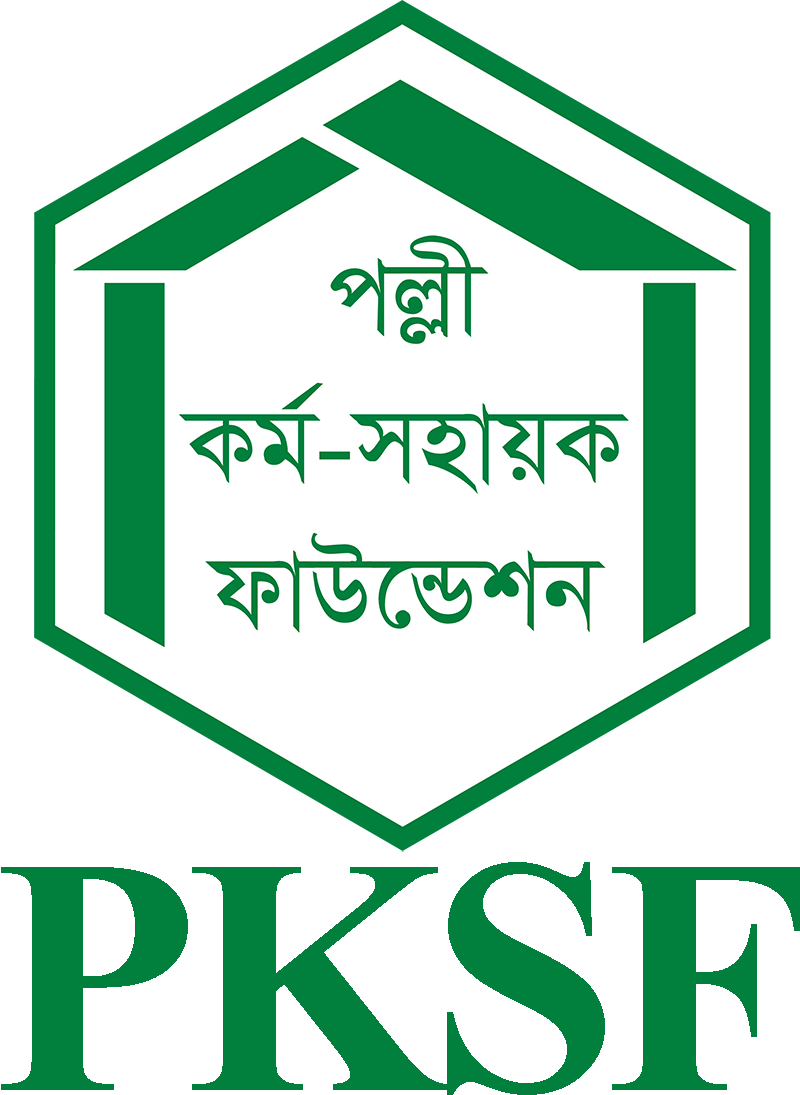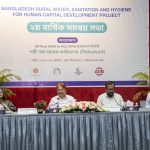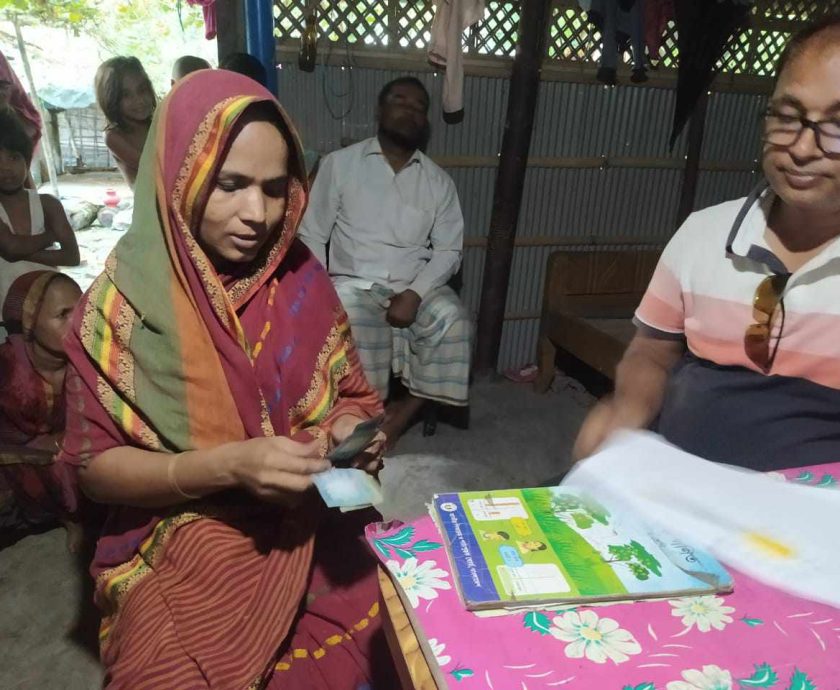Designer pearls hold bright prospects

Ruhul Amin, who studies textile engineering at the Bangladesh Polytechnic Institute, has successfully used the image implanting method to produce high-quality designer pearls at his pond in Chhoto Palsa village under Mohonpur upazila of Rajshahi.
Having taken up aquaculture a few years back in a bid to fund his education, Amin began the venture by farming breeds of carp before adding oysters to mix in July 2022 to make more profit.
Oysters generally produce pearls when an irritant, such as food particles or a parasite, get lodged in their mantle, where the internal organs are stored.
To defend against such foreign bodies, the oysters ooze a type of carbonate mineral and protein that create a material known as nacre, which is the nucleus of a pearl.
Layers of nacre are added over time with the pearl growing in size with each excretion.
However, it can take up to three years for pearls to reach an adequate size for harvest using this method while the image implanting technique shaves down the duration to only eight months.
“I heard about pearl farming from YouTube and then went for training under Dr Nazrul Islam, a specialist in freshwater pearls in Jhenaidha,” Amin said.
He then prepared the necessary materials at his pond, including 2,000 oysters, ropes, bottles and crates. Once ready, Islam came to Amin’s pond and guided him on how to implant images inside the mantle tissue of oysters in July last year.
The method requires surgically inserting irritants such as wax and calcium in a way that artificially influences nacre secretion during the pearl’s development so that it takes on a specific shape.
Amin implanted 4,000 images in his oysters at a cost of around Tk 2.5 lakh with high-end designer pearls selling for Tk 700 per piece while those of lesser quality go for around Tk 400.
With this backdrop, he stands to earn at least Tk 8 lakh by selling off just 50 per cent of his pearls at the lower rate, ensuring a profit of about Tk 5.5 lakh.
Amid sold nearly 100 pears by early May for between Tk 600 and Tk 400 per piece. Meanwhile, he fetches an annual profit of around Tk 1.2 lakh from his pond, which features species of Rui, Katla, and other carp.
“This year’s success has made me even more motivated,” he said.
Seeing the success of Amin’s initiative, a Rajshahi-based NGO called Ashrai is providing him financial and technical support under its Sustainable Enterprise Project (SEP) funded by the Palli Karma Sahayak Foundation with support from the World Bank.
Farming pearls alongside carp is a new concept that is gaining popularity in the country for its promise of extra profit, said Dr Anwar Hossain, manager of the SEP. “Mastering the art of implanting images in oysters ensures profit from oyster culture,” he added.
While speaking to The Daily Star over phone, Dr Islam said Bangladesh is about 130 years behind countries such as Japan and China when it comes to pearl farming.
Islam first began cultivated pearls in 2013 after learning about it while securing a PhD in Japan.
Since then, two pearl culture farms have been raised in the country. The first was erected in Mymensingh on government initiative while Islam built the other in Kotchandpur upazila of Jhenaida.
So far, the two pearl farms have trained some 5,000 farmers with about 100 of them eventually going for commercial production.
“Pearl farming has a bright prospect in Bangladesh as we can now produce designer pearls, for which there is no competitor in the market other than China,” he added.
Islam went on to say that various companies collect pearls from farmers to produce different jewellery.
For example, Aarong will collect at least 10,000 pearls from Islam’s farm — Rayan Pearl Harbour — next year.
“Buyers will come to you if you produce quality designer pearls but this requires proper training,” he said, adding that pearls produced by just five or six of the 100 farmers in the country are good quality.
This story was originally published on The Daily Star on 12 May 2023.
https://tinyurl.com/4fpmdncw



